Napa Cabbage and the History of Kimchi
Let me just get something off my chest: I love stinky foods.
Some of my favorite smelly foods include garlic, brie cheese, pickles,
sauerkraut, and kimchi. I also love making pickles so it wouldn’t have been too
long before a recipe like this ended up on this blog. Before we make kimchi, I
think we should look into the history of kimchi and how it has changed in
Korean history over time.
Winter
in Korea is where our food journey starts. Jars of clay are baked in a special
kiln to produce pots that are waterproof yet still able to “breathe”. For most,
these pots are filled with a variety of different pickles, fermenting
vegetables, or salted fish. Some may even have home-brewed sauces or pastes
(jangs). The pots are then well preserved and cared for over the course of
years, either in a layered rock bed or buried in the ground.
Originally,
kimchi was used as a means of survival. Farmers would preserve vegetables in
salt to aid in the digestion of grains and keep vegetables through the harsh
winters. During the Koryeo period Chinese cabbage was introduced along with
radishes, cucumbers, and wild leeks. Soon after garlic was added to the pot and
in the Joseon Period people stopped using salt as the main ingredient to preserve
pickles. Soy sauce and soybean paste
were being used instead and not long after chili peppers were added to the mix.
Red chili peppers are a New World food that was introduced to Korea through the
Japanese invasions and colonization period between 1592-1598. The red chili
pepper was adapted into kimchi and it has caused the food to become Korea’s
National Dish.
Kimchi
is the soul of Korean cooking. Hundreds of recipes have spawned from this
famous fermented side dish that has been used for centuries. There are a
million ways to make kimchi, but I will show you the most basic method. The
recipe calls for a variety of ingredients that can be substituted, but
unfortunately the taste won’t be the same. If you’d like you can replace the
fish sauce with soy sauce to make this vegetarian-friendly.
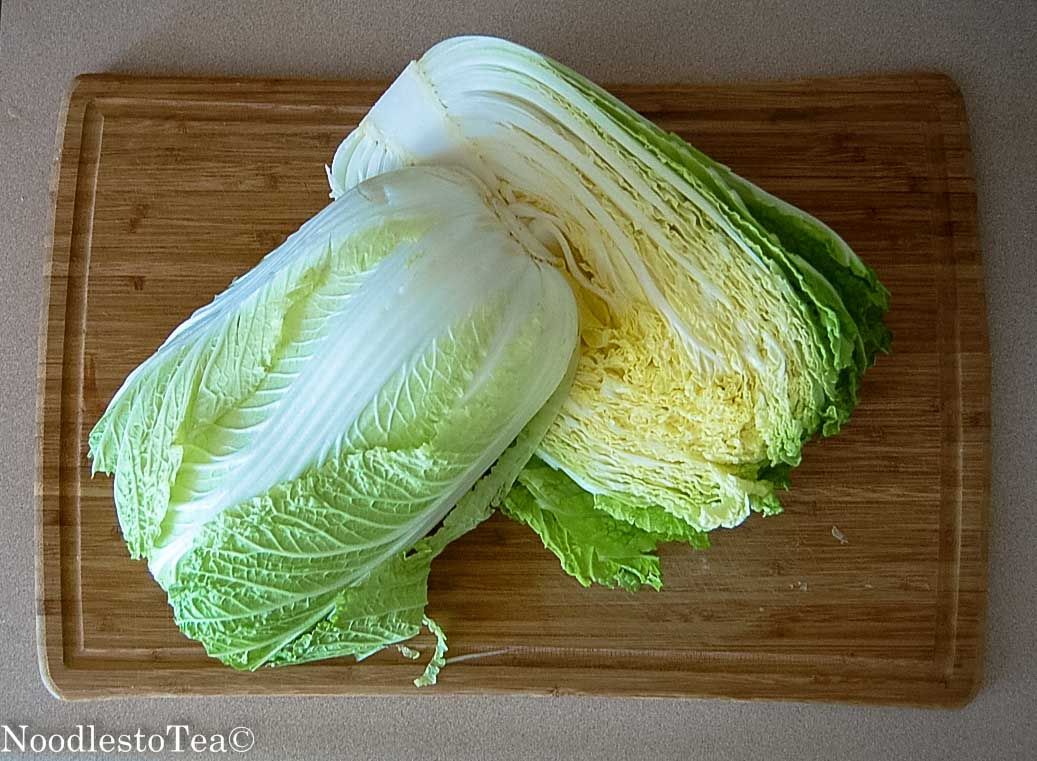
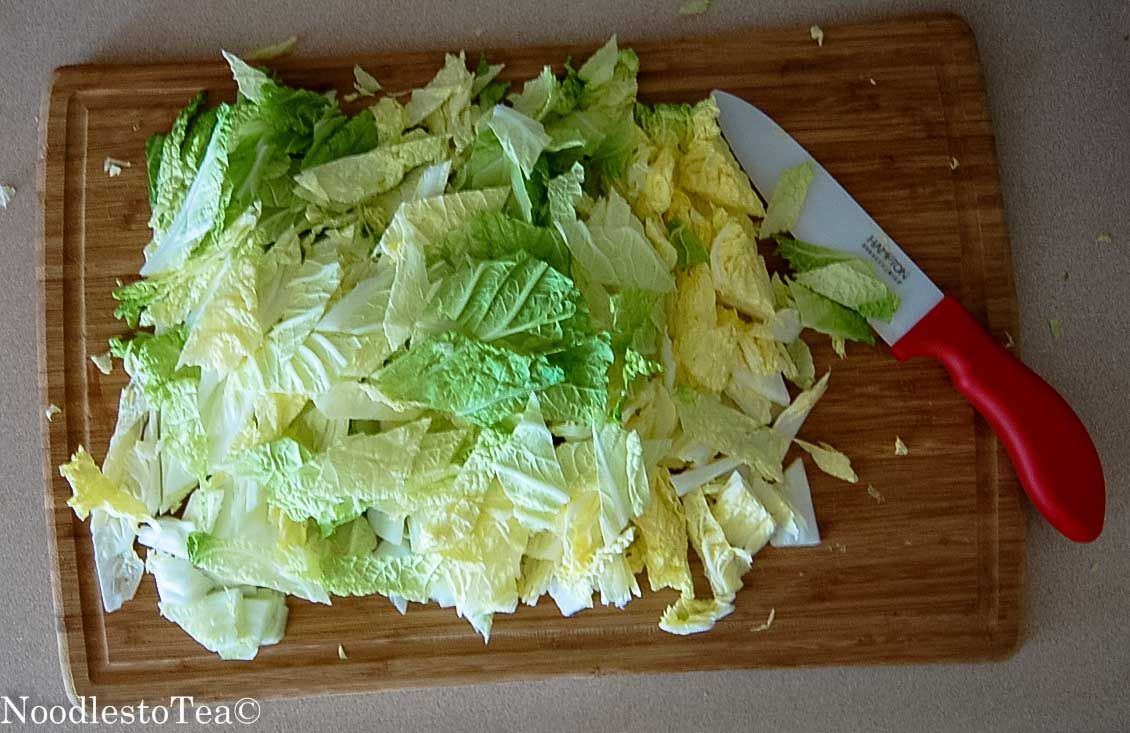
Napa
cabbage, also known as Chinese cabbage or celery cabbage is native to China and
used in a variety of Japanese, Korean, and Chinese dishes. The most traditional
way to make kimchi is to keep the cabbage whole and layer the sauce within each
layer. This is called Tongbaechu Kimchi which this recipe can be adapted to if
the chopped method is not preferred.
I used ½ of a napa cabbage (core removed) and about 2
Tablespoons of salt.
Wash and cut your cabbage. In a large bowl, massage the salt
into the cabbage until it starts to feel rubbery. Fill the bowl up with cold
water and cover it with a plate and something to weigh down the cabbage. I used
a bowl inside a bowl.
Let the salt and cabbage soak for about 2 hours. While you
are waiting you can make your sauce and prepare your accent flavors. If you are
using radish, cut it into thin strips. Massage about 2 teaspoons of salt into
the radish and let it sit until soft. Rinse and set aside.
Next cut up your other ingredients to make a paste. I used
about 1 teaspoon of ginger and fish sauce, a whole Asian pear, 5 cloves of
garlic, 4 green onions, and 2 spoonfuls of gochujang. Gochujang is a prepared
fermented paste of red chilis, soybeans, salt, and rice. You can also buy just
the chili pepper powder and season your kimchi with soy sauce which I would
recommend if you don’t cook Korean food on the regular. The paste is great to
use, but it does expire, unlike the chili pepper powder.
One word of advice: these spices are HOT! I would recommend
using cloves or a set of spoons/spatulas to limit as much contact as you can of
the chili. Trust me, it will BURN anywhere you touch. Anyway, back to the
recipe!
Once you’ve got your ingredients chopped, use a food
processor to turn it into a puree. I save the green ends of my onions to add to
the finished kimchi for a nice presentation. Then mix everything together.
Tada! Your lovely fresh kimchi is ready to eat! You can use
a sterilized jar to store your pickle in but I would recommend adding water to
fill it to the top. Once the kimchi starts to oxidize, that pleasant pungent
odor turns to sour inedible stink very quickly. At this point you can also
ferment the kimchi at room temperature for a few days.
Ms. Noodle’s Kimchi
- ½ Napa Cabbage
- 2 Tbl Salt (Kosher)
- 1 tsp Grated Ginger
- 1 tsp Fish Sauce
- 1 Asian Pear, Chopped
- ¼ Daikon Radish, Jullienned
- 2 tsp Salt (Kosher)
- 4 Green Onions, Chopped
- 5 Cloves of Garlic, Smashed
- 2 Spoonfuls of Gohujang (2-4 Tbl Depending on Your Heat
Tolerance)
1. Mix salt with cabbage in a bowl until it feels rubbery.
Fill with water and weigh the cabbage down for 2 hours. Rinse and squeeze out
the water. Place in a clean bowl and prepare the rest of the ingredients.
2. Massage the 2 tsp of salt with the radish and let sit
until soft. Rinse and squeeze out liquid. Add to the cabbage.
3. Pulse the remaining ingredients in a food processor until
a smooth paste forms. Add to the cabbage and mix thoroughly.
4. Pack your kimchi into sterilized jars, fill with water
and refrigerate. For a more authentic taste, let ferment for a few days at room
temperature. You can use it fresh or store it for later. The longer it sits,
the stronger it gets!
Thanks for looking!
Ms. Noodle

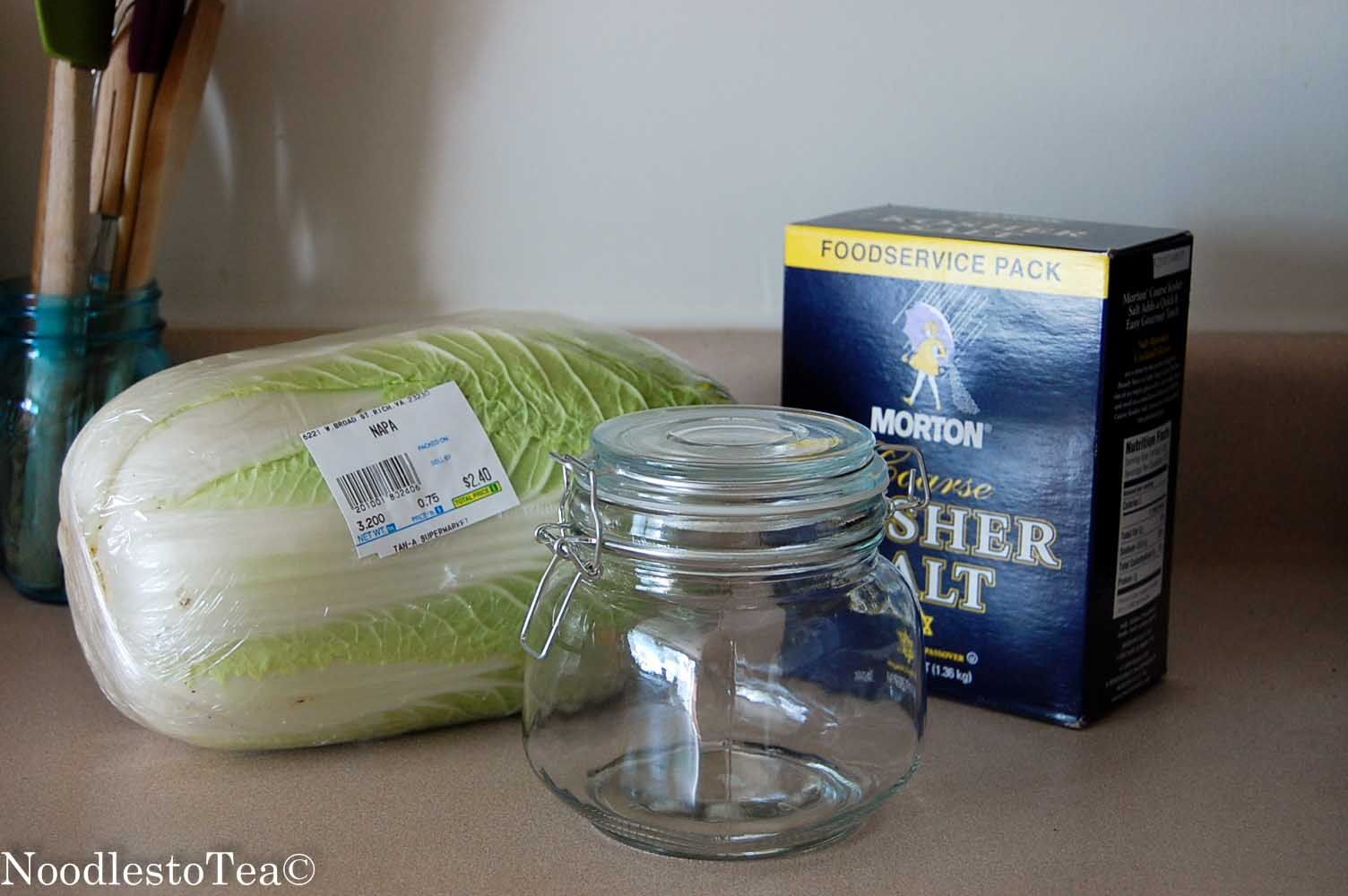
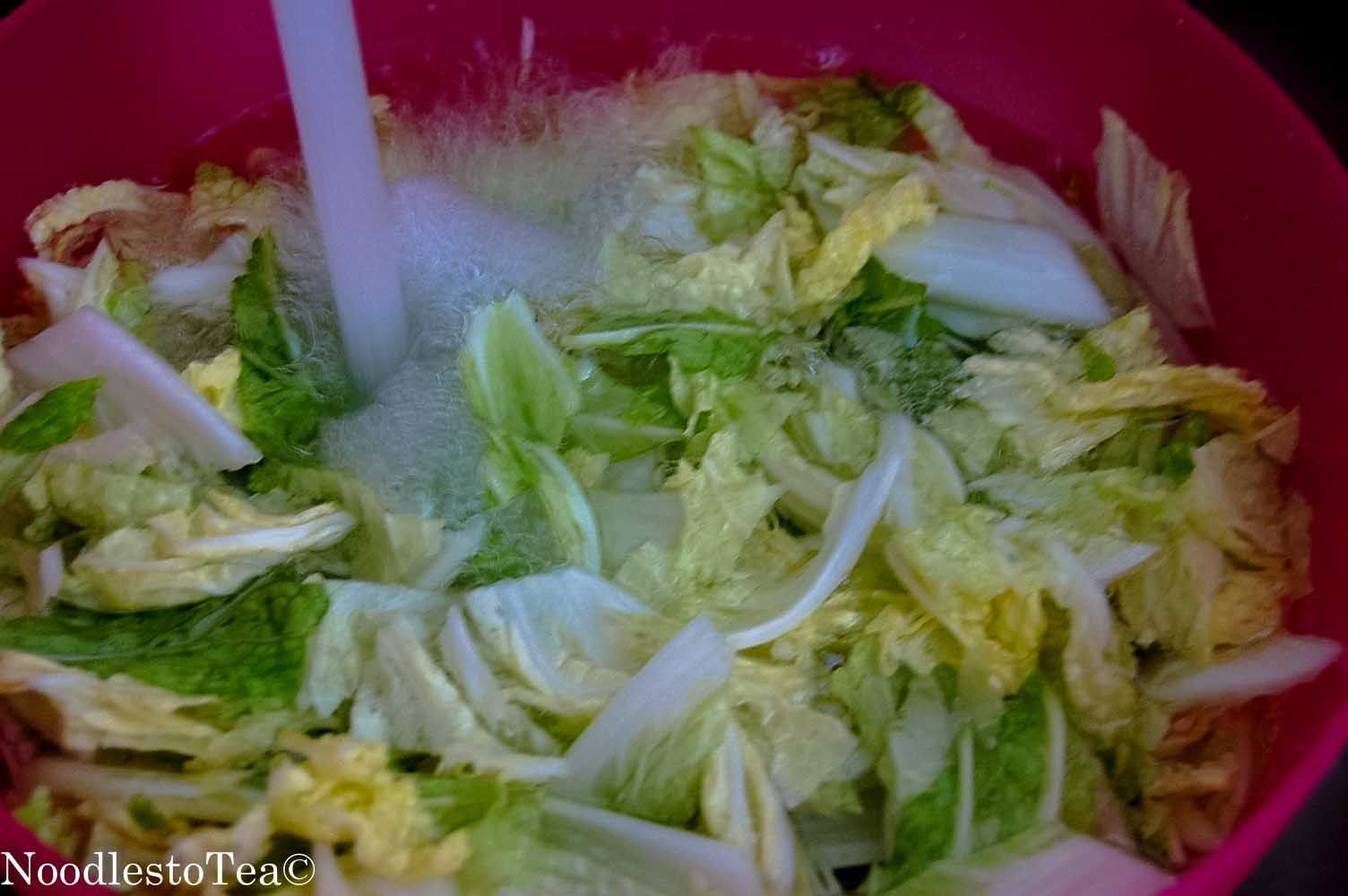
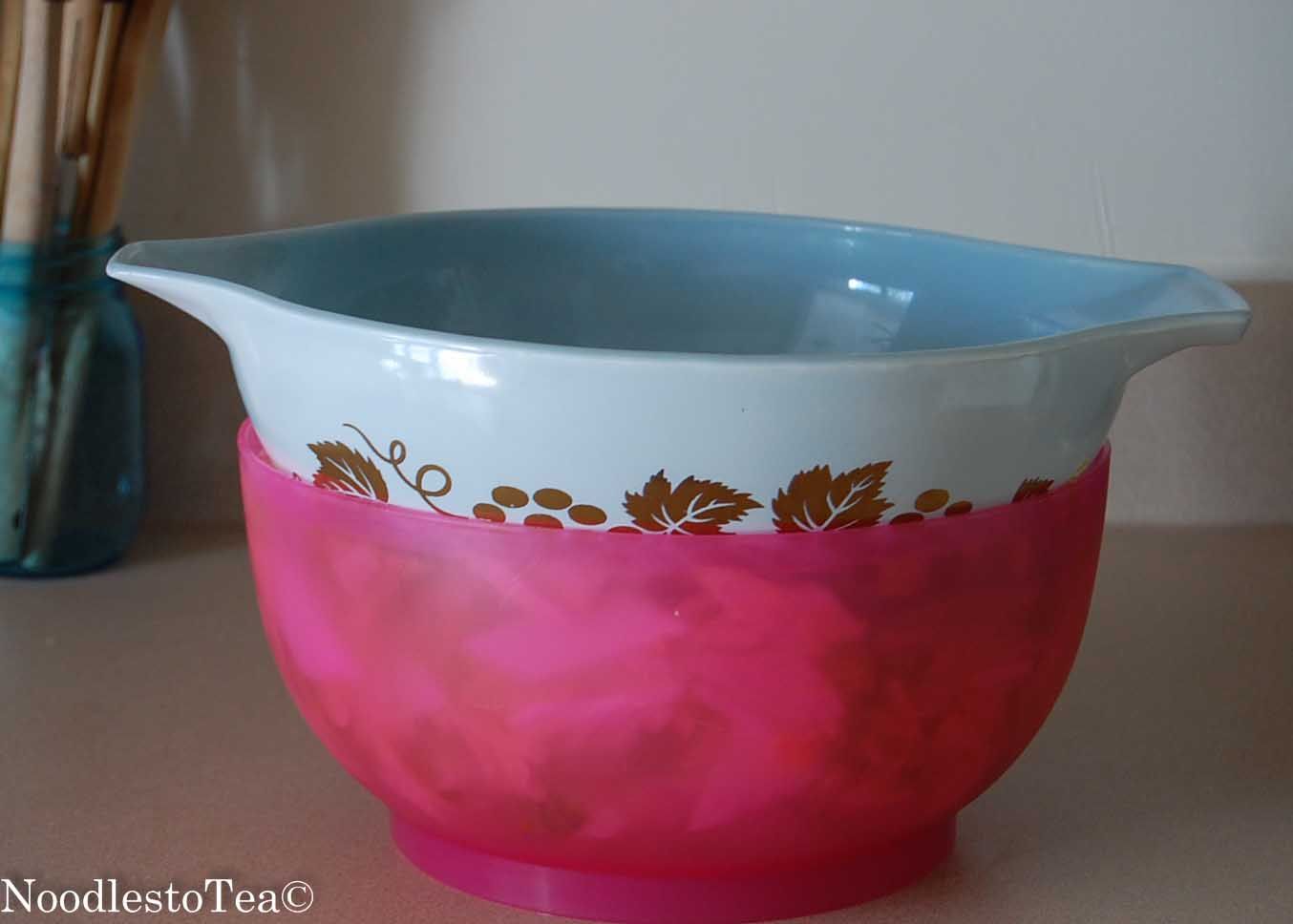



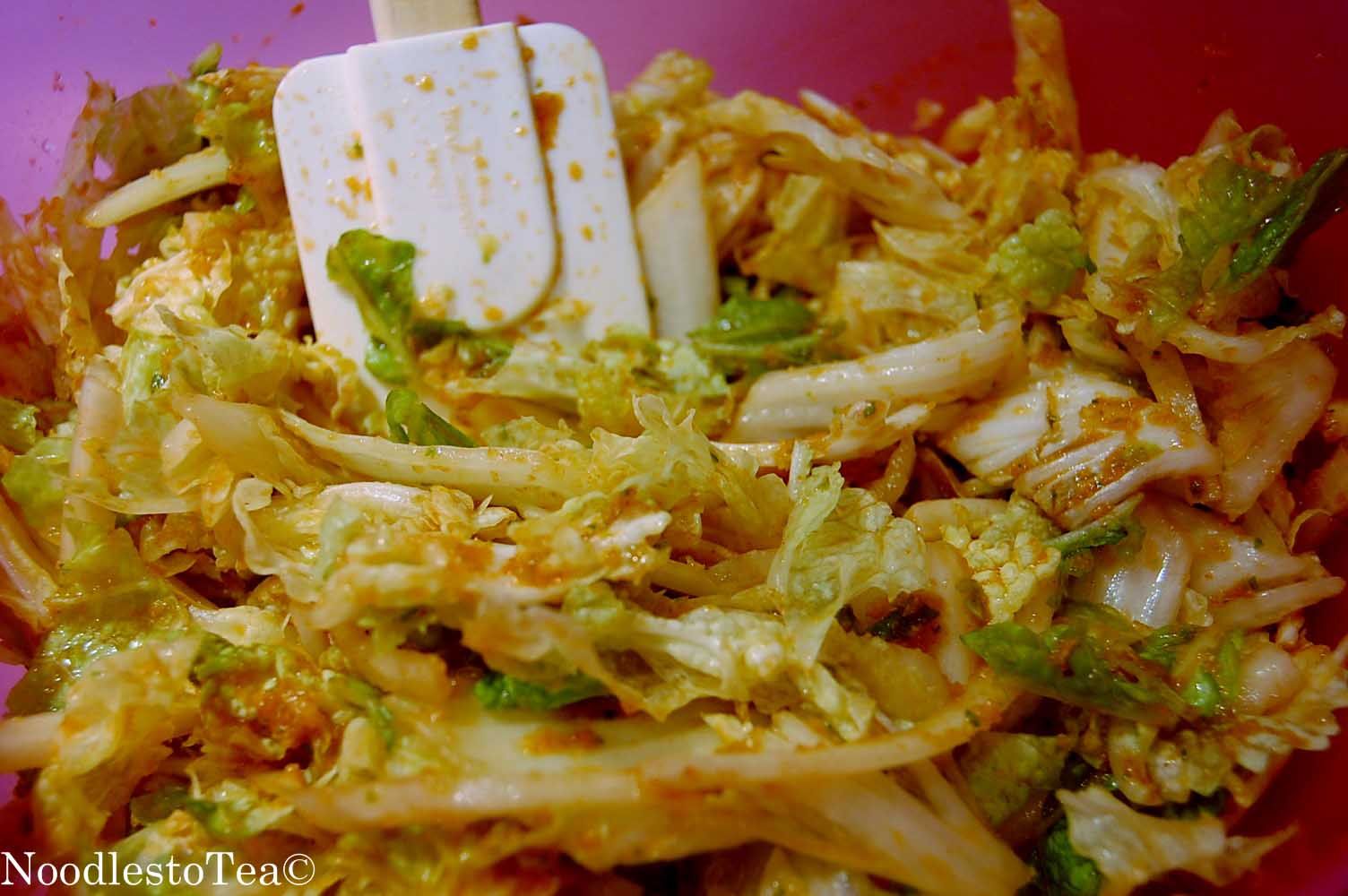
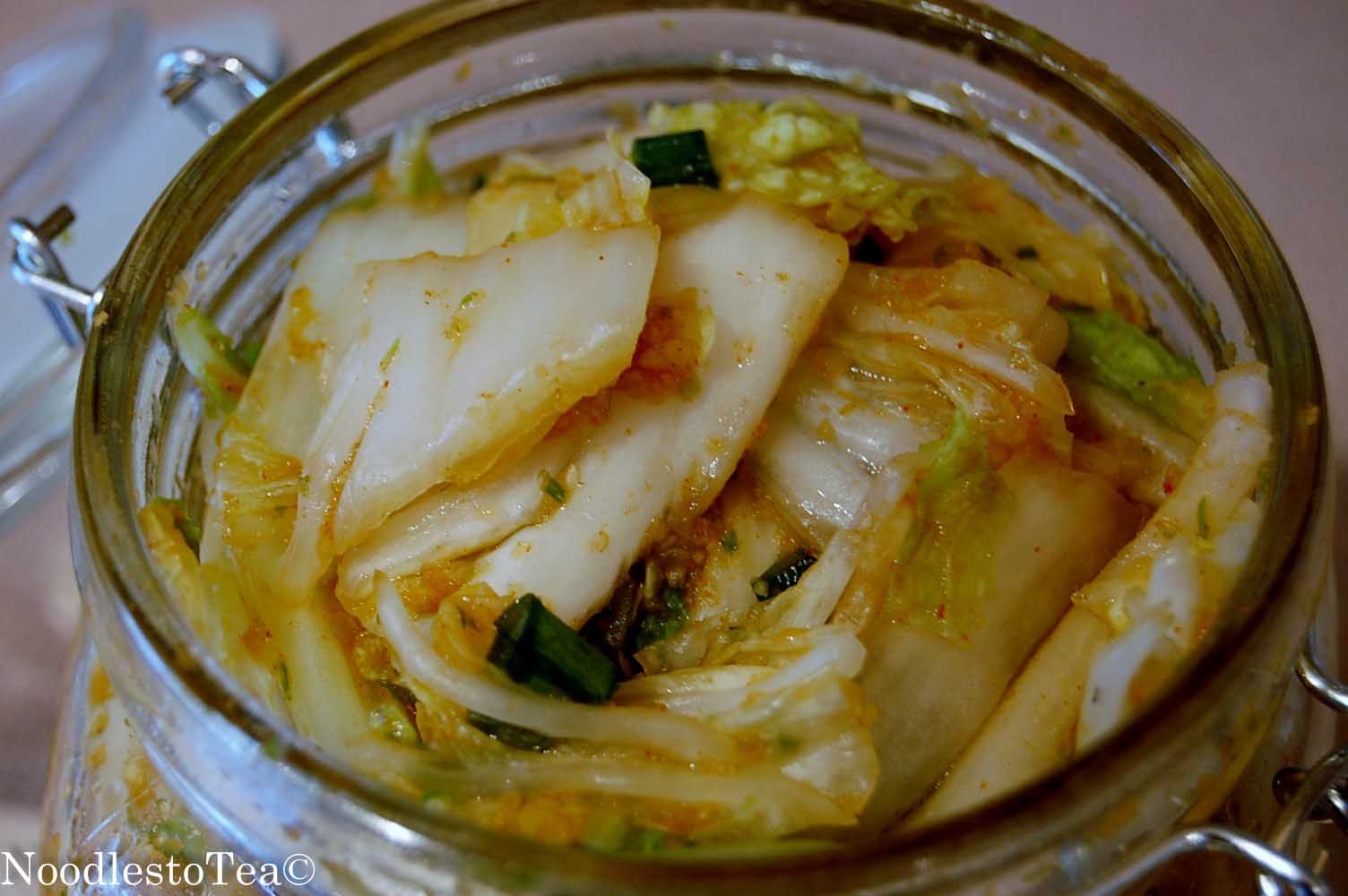
No comments:
Post a Comment